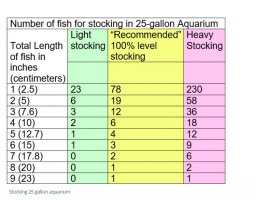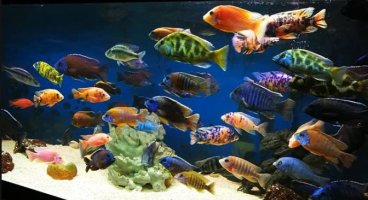Very interesting read Darrel, thanks!Hi all,
They are, but there are also a couple of provisos. <"The Science of Aquariums"> is a very reputable (and scientifically referenced) web site, but the owner/scientist mainly keeps <"Rift Lake Cichlids in non-planted tanks"> at (what we would call) very high stocking densities.
This fish keeping methodology means that his filters will rapidly grow a <"thick, sticky biofilm"> in a way that doesn't occur in our filters.
Caption: "A Well Functioning Aquarium Filter" from <"6. Filtration">
Because of this non-clogging media, (like washing-up scrubbies and floating cell media are always <"going to perform well">), because they won't clog.
cheers Darrel
Let's say you didn't want to replace your biological media (assuming you've already bought it and it's established), could you replace your 'mechanical' filtration i.e. sponges with the scrubbers to get a similar function?










